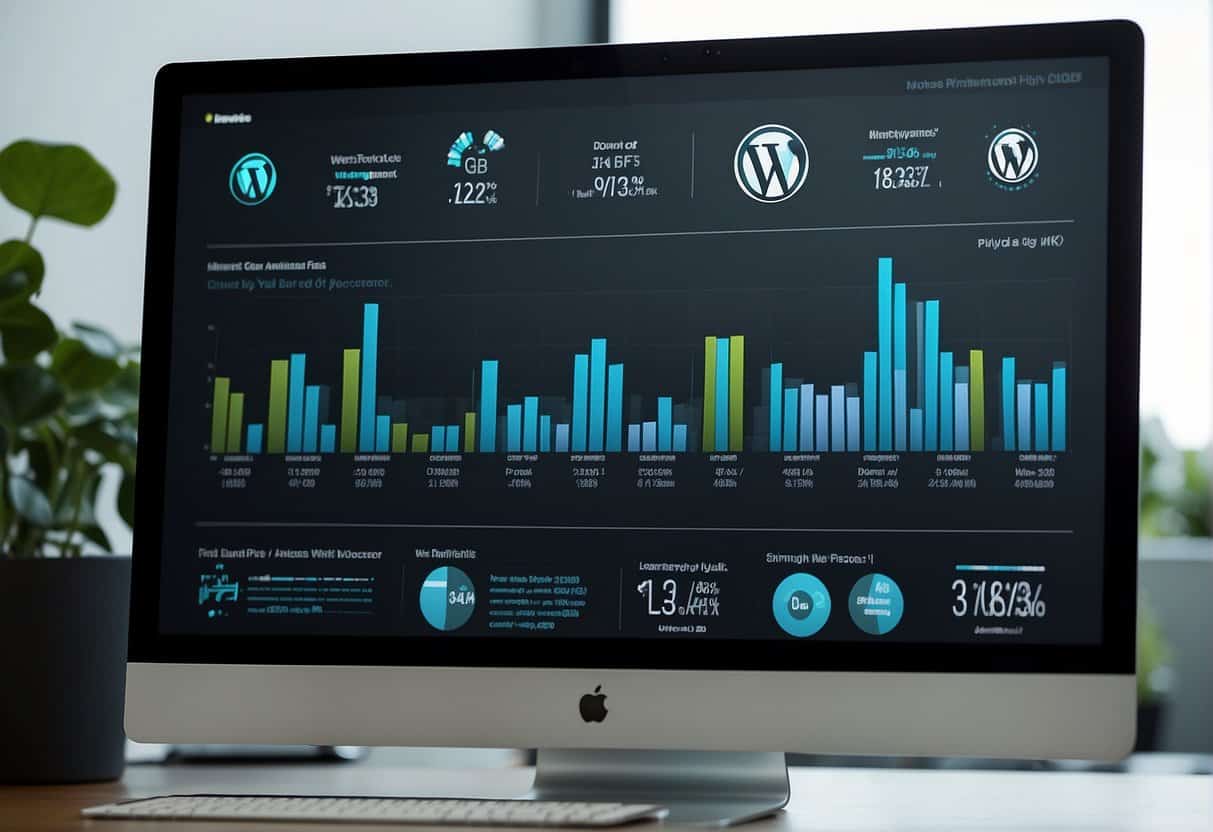Building a remote team presents unique challenges and opportunities for collaboration. As you assemble your remote workforce, the key to success lies in implementing strategies that foster communication, trust, and a sense of shared purpose among team members. Remote work can stretch across cities, countries, and even continents, which means you must create a structure that supports these diverse locations while maintaining productivity and team cohesion.
Effective collaboration in a remote team relies heavily on the use of technology. Choosing the right tools is crucial for managing projects, enabling real-time communication, and sharing resources. As you navigate the digital landscape, remember that each remote team member brings their skills and experiences to the table, which can greatly contribute to the team’s overall success. It’s your task to ensure that all members feel connected and valued despite the physical distance.
Consistent and clear communication is the lifeline of remote work. By setting clear expectations and providing timely feedback, you encourage a culture of transparency and accountability. Regular virtual meetings and check-ins can help keep everyone on the same page and foster a sense of community within your team. Remember, remote work doesn’t mean working in isolation; it’s about creating a collaborative environment where every member can thrive.
Establishing Your Remote Team
In the pursuit of establishing a remote team, you must be deliberate about defining clear team goals and carefully selecting members with the right skills. Your focus here will set a solid foundation for effective collaboration across distances.
Defining Team Goals and Objectives
You begin by setting specific, measurable, achievable, relevant, and time-bound (SMART) goals. These should align with your company’s broader objectives and provide a clear direction for your team’s efforts. For example:
- Goal: Increase software deployment efficiency.
- Objective: Reduce deployment time by 30% in Q2.
Outline these goals in a document accessible to all team members to ensure everyone knows what they are working toward and understands the importance of their individual contributions within the team structure.
Selecting the Right Team Members
When assembling your remote team, prioritize diversity and flexibility alongside the essential skills required for the job. Skill sets should be diverse enough to cover all bases of the project, but also cohesive to ensure smooth collaboration. Here’s a suggested framework for selecting team members:
- Identify core competencies required for your team’s success.
- Look for candidates who not only demonstrate these skills but also express a readiness to adapt and grow.
- Evaluate each candidate’s experience with remote work and their self-motivation levels, as these are critical to succeed in a remote environment.
- Assess their communication skills and ability to collaborate with others, as this is central to team building in a remote context.
Incorporating these strategies into your remote team establishment will put you on the path to creating a resilient, collaborative, and high-functioning team.
Creating a Collaborative Work Environment
A collaborative work environment is essential in remote teams to enhance productivity and foster a sense of belonging. Your ability to choose suitable collaboration tools, build trust, and create camaraderie aligns the team towards common goals.
Choosing the Right Collaboration Tools
To optimize team collaboration in a remote work environment, it is vital to select collaboration tools that meet your team’s specific needs.
- Communication Tools:
- Instant Messaging: Tools like Slack or Microsoft Teams allow for real-time text-based conversations.
- Video Conferencing: Platforms like Zoom or Google Meet facilitate face-to-face interactions and meetings.
Project Management Tools:
Tools like Asana or Trello offer features to organize tasks, track progress, and manage deadlines.
File Sharing:
- Cloud Storage Services: Utilize Google Drive or Dropbox for easy file access and sharing among team members.
These tools should offer seamless integration, user-friendly interfaces, and high-level security to ensure efficient collaboration and productivity.
Fostering a Culture of Trust
Trust is the cornerstone of effective team collaboration in a remote setting.
- Transparent Communication:
- Ensure clear sharing of information and updates to reduce misunderstandings.
- Encourage openness in discussions to build mutual respect.
- Accountability:
- Set clear expectations and responsibilities. Provide feedback consistently to recognize achievements and address areas for improvement.
By creating a trustworthy atmosphere, you encourage your team members to take responsibility and contribute meaningfully to the team’s objectives.
Building Camaraderie Remotely
Nurturing camaraderie remotely is key to developing a sense of belonging and a more cohesive team.
- Regular Virtual Check-ins:
- Schedule frequent video calls not only for work discussions but also for team-building activities such as virtual coffee breaks or casual catch-ups.
- Recognition Programs:
- Establish recognition mechanisms like ‘Employee of the Month’ to acknowledge individual contributions.
Encourage sharing personal milestones and successes to enhance the emotional connection among the team. This approach promotes unity and drives a collective effort towards achieving common goals.
Communication Strategies for Remote Teams
In remote work environments, effective collaboration hinges on solid communication strategies. Your remote team needs to master various tools and practices to streamline interaction and work processes.
Effective Use of Messaging and File Sharing
To enhance team communication, ensure you’re utilizing platforms like Slack or Microsoft Teams effectively. These tools offer instant messaging for quick discussions and facilitate file sharing to keep all necessary documents in one place. Remember to:
- Organize conversations with clear channel naming conventions.
- Use file sharing to maintain a single source of truth for documents.
- Prioritize security in your communications and file management practices.
Managing Remote Meetings Efficiently
Running efficient meetings is pivotal for successful remote teams. Zoom and Microsoft Teams are popular tools for hosting virtual gatherings. When organizing meetings, keep these tips in mind:
- Schedule meetings with a defined agenda and objectives.
- Record sessions for those who cannot attend in real-time.
- Encourage participation to maintain open communication and gather diverse input.
Ensuring Clear Expectations and Open Communication
Setting clear expectations from the outset is critical for seamless operation. Transparent and effective communication can significantly reduce misunderstandings. To ensure clarity:
- Define roles, responsibilities, and deadlines clearly.
- Promote a culture where feedback is welcomed and encouraged.
- Establish regular check-ins to discuss project status and resolve any issues promptly.
Leveraging Technology for Remote Team Management
Effective remote team management hinges on utilizing the right technologies to ensure seamless communication, organization, and collaboration.
Project Management and Scheduling Tools
Your remote team’s success relies on clear organization and timelines, which is where project management tools come into play. Applications such as Asana, Trello, and Monday.com serve this purpose by providing intuitive interfaces to manage tasks, deadlines, and workflow.
- Asana allows for task assignments and tracking progress through various stages.
- Trello uses a card-based system ideal for visual organization.
- Monday.com offers multiple viewing options, including Kanban and timeline views, to suit different project needs.
For scheduling, tools that integrate with calendars and offer reminders help everyone stay on track.
Virtual Collaboration Enhancements
Your team’s ability to collaborate virtually can be significantly enhanced with the right technology. Central to this is the use of video conferencing tools which allow for real-time communication regardless of location.
Popular platforms include:
- Zoom, recognized for its high-quality video and reliability.
- Microsoft Teams, which integrates well with Office 365.
- Google Meet, offering simplicity and integration with Google Workspace.
To supplement video calls, cloud-based document sharing and real-time editing capabilities are crucial. Utilizing platforms like Google Docs or Office 365 allows multiple team members to work on a document simultaneously.
Adopting Asynchronous Work Models
Embracing asynchronous work models can benefit your remote team by allowing flexibility and reducing the need for simultaneous availability. Key to this model is the use of technology that supports work outside of real-time communication.
For asynchronous communication:
- Consider tools like Slack for messaging, which allows for organized conversations in channels.
- Use shared digital workspaces like Notion or Confluence for documentation and knowledge sharing.
Leveraging these technologies not only upholds productivity but also respects different time zones and personal work preferences.
Cultivating Team Success and Growth
For a remote team to thrive, focused strategies in leadership development, regular assessment of productivity, and recognizing team successes are crucial. These elements foster an environment conducive to growth and high performance.
Implementing Leadership Training and Development
Leadership is the cornerstone of any successful team. To build a better team, invest in online leadership training that is tailored to remote environments. Courses should cover communication, conflict resolution, and decision-making. By providing your leaders with these tools, you amplify their ability to motivate and manage the team effectively.
Measuring Productivity and Engagement
To ascertain the efficiency of your remote team collaboration, it’s important to measure key performance indicators (KPIs). Utilize productivity tracking tools and schedule regular check-ins to gauge progress. Assess engagement by analyzing metrics like task completion rates and actively seeking feedback through surveys or virtual meetings. This will help to pinpoint areas where motivation may be lagging.
Celebrating Achievements and Milestones
Recognition is a powerful motivator. Celebrate both individual and collective milestones with celebrations that resonate in a virtual environment. Some options for team-building activities include online games, virtual happy hours, or shoutouts in team chats. These virtual team building activities are not just fun; they reinforce a sense of community and appreciation, encouraging your team to achieve more.







